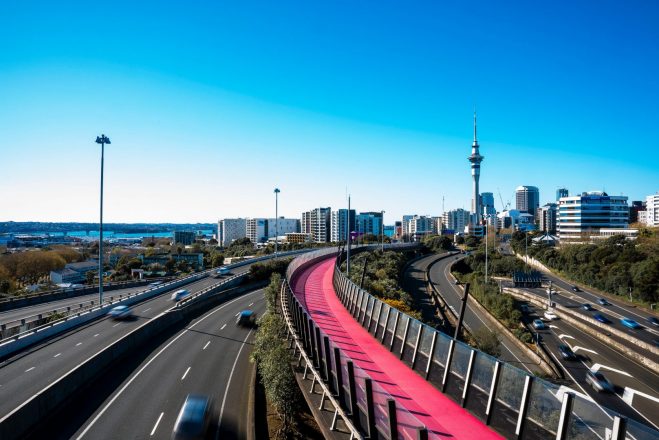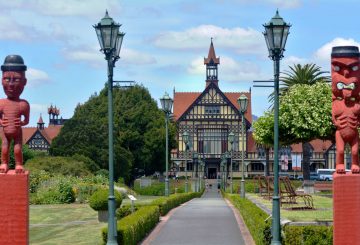Auckland Council has approved a plan aimed at reducing transport emissions.
The Transport Emissions Reduction Pathway sets out what is required to achieve a 64 per cent reduction in the city’s transport emissions by 2030.
The key actions of the plan include:
• Converting 30 per cent of the city’s vehicles to electric (especially commercial vehicles)
• A ten-fold increase in “active travel” (walking and cycling)
• Reducing traffic in neighbourhoods
• A five-fold increase in the use of public transport
Auckland Mayor Phil Goff said that the plan was “hugely ambitious” but achievable.
However, he said that it will require the “buy-in” of Aucklanders.
“You’ve got to be prepared to make changes in your lifestyle in order for this to happen. So, this will be a combination of incentives to make alternative forms of transport more attractive, but it will involve some pressure the other way, and things like congestion charging, obviously, that’s going to have an impact,” Goff said.
About a half of all trips taken in the city were less than 6 km, and a third of all trips were less than 2 km, Goff said.
It would be important to make these short trips by walking or cycling, rather than by car, he said.
Making public transport options more attractive would also be key to the success of the plan.
Pollution from transport accounts for more than 40 per cent of the region’s emissions. The investment required by the plan will be provided by reallocating existing budgets with additional funding from central and local government sources.






























































